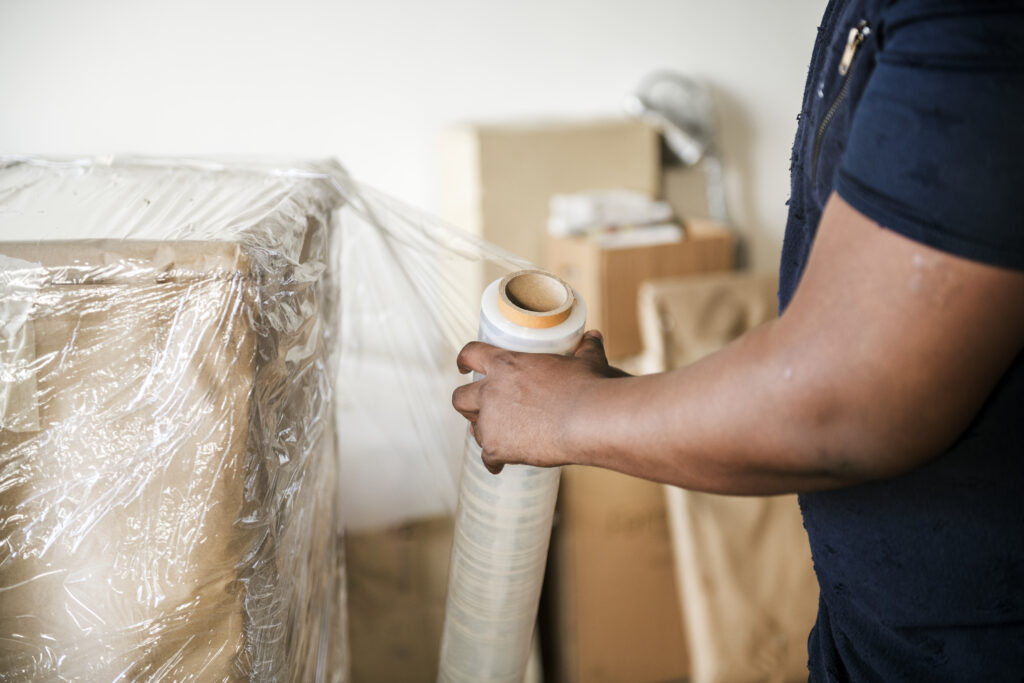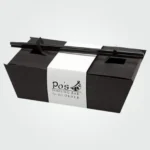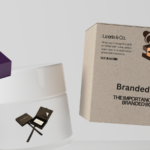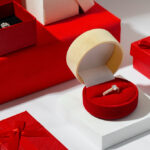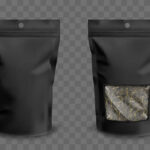12 Effective Methods to Remove Packaging Tape Residue
Packaging Tape : One of the simple pleasures in life is to unbox a much-anticipated package only to find an unexpected sticky surprise. Quite like a child with their favorite toy, packing tape is worthy of an instant departure. To find one self stripping tape residue from an antique vase, new gadgets, and prized possessions can be seriously infuriating. But don’t worry- our tried-and-true guide will make a tape-residue victim into a removal champ! With these hacks, you’ll have your surfaces spotless in no time and retrieve all the joy of unboxing!
Warm water and soap
We will keep it simple. Warmer water and soap are the cleaning combo par excellence. Some gentle scrubbing with this duo does wonders on less stubborn tape residue. Warm water softens the adhesive, while soap works it away from the surface. Simple, effective, and probably right at your fingertips.
Hair dryer
The method that rivals the previous one implements Styler. It is suitable for delicate surfaces that might not appreciate rough scrubbing actions. So, direct the hair dryer onto the annoying residue; keep it there for a moment. Heat should release the glue’s grip for easier peeling. But take care not to overheat, as it can damage the surface or burn your fingers!
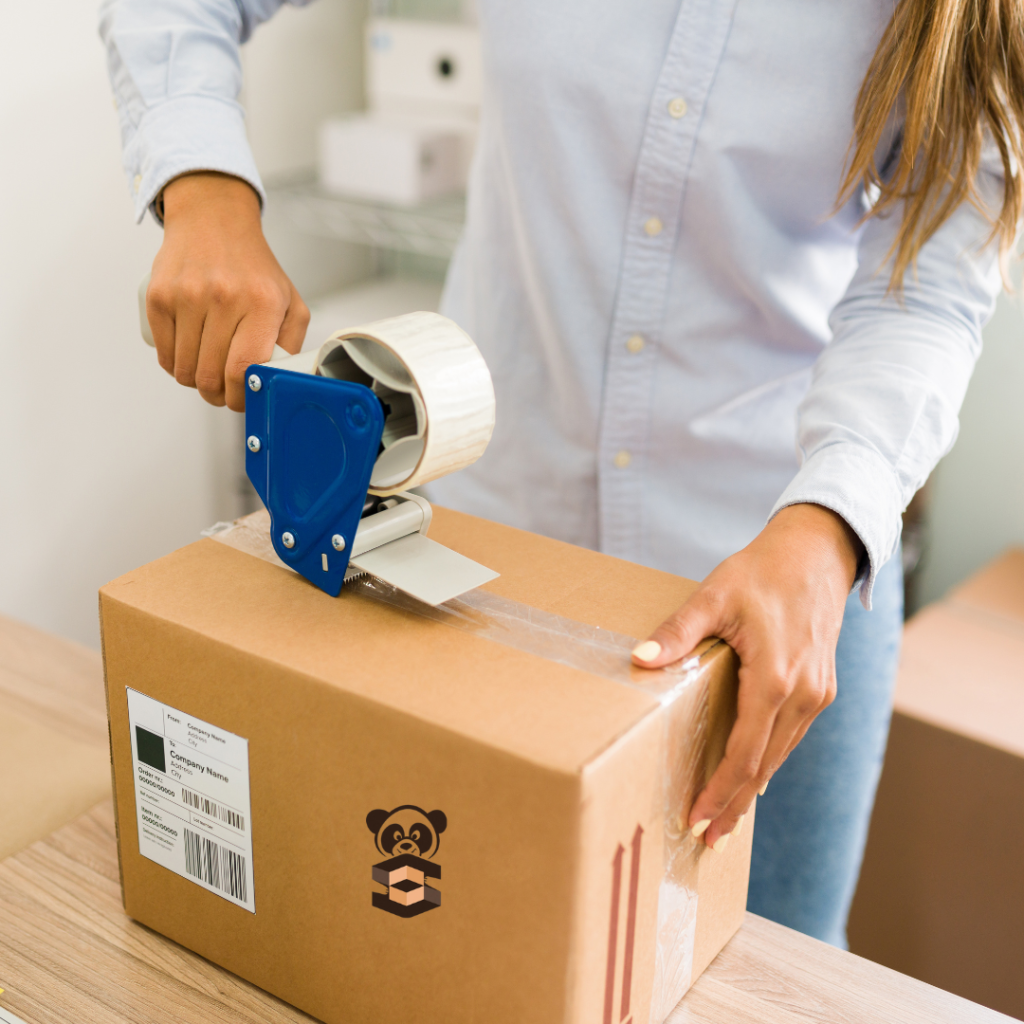
Rubbing alcohol or isopropyl alcohol
For the most vigorous approach, rubbing or isopropyl alcohol is the solution of choice. Put some on a cloth and rub the residue with a little pressure. The alcohol weakens the adhesive so that it can be wiped off more easily. This solution might work well on glass and metal surfaces, although testing on a small area is always recommended for safety.
White vinegar
Very much of a universal solvent when it comes to cleaning, white vinegar can be applied with either cloth or sponge and left to sit for a few minutes before being wiped away. The acid in vinegar will dissolve many adhesives, and being friendly to Mother Earth and nontoxic makes it safe to use on the vast majority of surfaces and to even get some on your hands.
Commercial goo remover Packaging Tape
Sometimes, bigger guns are needed. Commercial glue removers are made for the sole purpose of removing glue residues. Heavy-duty and effective, do be sure to follow the instructions carefully. Excellent for stubborn residues, but always test a small area first for surface compatibility.
Cooking oil
In theory, cleaning tape residues can be executed by cooking oil. Pour oil over the tape residue, allowing it to soak in for two hours, and then wipe clean. The oil here disintegrates the glue, which then comes off the surface easily. Soybean oil, vegetable oil, and coconut oil work well.
Pencil erasers
Here’s a neat trick that you mightn’t have guessed: pencil erasers. Gently rub the eraser on whatever residue there may be. The friction heats the adhesive, slowly rolling it off of the surface. This is good for small spots of sticky residue on hard surfaces.
Baking soda paste
Considering a gentle abrasive: use baking soda paste. Mixed with a little water, baking soda forms a paste that can be applied to the residue. Allow the paste to set for a few minutes, then scrub gently. The paste lifts the adhesive without damaging the surface and is therefore ideal for use on many different materials.
Nail polish remover
Nail polish remover with acetone dissolves adhesive residues in no time. Just remember, it’s powerful, so use a light hand and be sure to test the surface with it first in an inconspicuous area. Best for anything besides a plastic surface because acetone can damage or discolor plastics.
Ice cube
The last, but not least, is the ice cube technique, which is perfect for removing residues from fabrics or sensitive surfaces. The cold hardens the adhesive, which then becomes brittle and easier to scrape off. It is advisable to wrap an ice cube inside a plastic bag to prevent water damage and hold it against the residue until hardening occurs. Congratulations! This means that you are an honor graduate of the University of Adhesive Annoyances. With these ten methods under your belt, you are now armed to take on any sticky situation in the world, or, rather, any that sticks with you.
Using a Toothbrush
Anything stubborn still clinging on in a little tight corner or so is expertly handled with a toothbrush. All it requires to do the trick is dipping a soft-bristled toothbrush in warm water or your cleaning solution of preference. Then gently scrub away the on-contaminating residue. The bristles are able to get into grooves and corners where fingers or cloths can’t reach, making it perfect for areas with intricate surfaces or textured items. Soft enough to avoid scratches, tough enough to pull off that sticky stuff with hardly any effort.
WD-40 for Stubborn residual
WD-40 is not only for squeaky hinges; it will also loosen adhesive residue. Apply a little WD-40 on a cloth or directly on the residue. Let it sit for a minute, then wipe up the adhesive. This works very quickly and effectively, but always test it first in an inconspicuous area to ensure that it will not damage more sensitive surfaces, especially fabric or paint.
Conclusion
With all ten methods at your disposal to combat tape residue, you can choose among the simplest and greenest options, like warm water and soap, to the straightforward 1-800-Remove-Goo commercial goo removers. Each method can have varying effects on different surfaces and types of residue. Nonetheless, with the correct approach and patience, those old adhesives will vanish, leaving all your possessions looking like a million bucks. If you have an unusually troublesome residue or just have nagging doubts about an upcoming packaging project, you would be wise to consider Panda Scientist’s unique solutions to secure your packaging items without guaranteeing that extra sticky mess—their customized products for packaging tape fit the bill perfectly.
